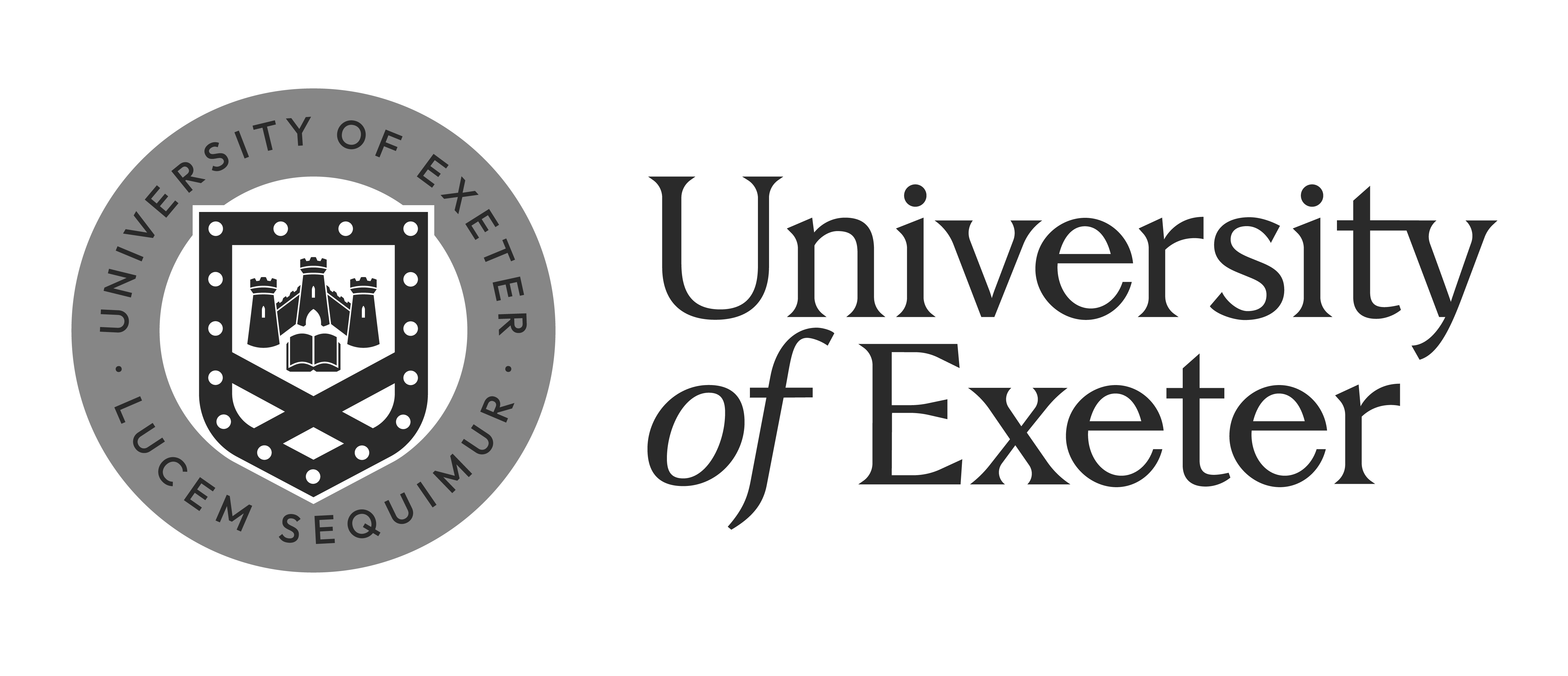S2507 Comparing East and West: Travel Writing in Medieval Culture
Professors
Schedule
Course description
This seminar investigates how medieval people discovered and learnt about the wider world. Textual knowledge would be supplemented by reports from travellers who travelled to some of the very well described locations, such as Rome or Jerusalem, and beyond.
The cult of saints and the veneration for the life of Christ led medieval pilgrims to travel long distances, to the Holy Land, Santiago, Rome and other local destinations where a saint was culted. The account of Felix Fabri's pilgrimage to Jerusalem is a good case in point, not to mention of course Margery Kempe, who endlessly travelled all over Europe and the Holy Land to satisfy her need to venerate local saints and the holy family.
But other travellers went even beyond the Holy Land to visit Egypt, India and China. Marco Polo (1254-1324) left Venice to travel to the court of the great Khan in Mongolia and later John Mandeville (+1372) went beyond the Holy Land, providing exaggerated and somewhat absurd descriptions of exotic countries, which contributed to the popularity of The Travels.
But our investigation also considers the accounts of travellers from the East. In 922 AD, Ibn Fadlān encountered a party of Viking traders during his travels along the Volga river. His objective descriptions of Viking practices inform us about the encounter of Viking and Muslim cultures. Several centuries later, another Muslim traveller, Ibn Battutah, started his twenty-nine year journey in 1325, one year after Marco Polo's death. Despite travelling three times the distance of Marco Polo, Battutah remained within the confines of the Muslim world. His account is an eye-opener for medieval and modern readers about global and local Muslim culture in the fourteenth century. The seminar aims first to help us understand medieval views about travel and the discovery of the other. Second, it is hoped that it will also broaden our cultural horizons and help us profit from the vibrant, positive and enriching multi-cultural environments we are privileged to live in in this day and age.
Teaching approach
The method of instruction will consist in a variety of pedagogical approaches. The teacher will provide lectures for not more than 45 minutes for some of the first sessions. It will be followed by small group discussions and workshop activities, which will be concluded by brief informal presentations by the students. During sessions, we will also structure discussion around students’ own experiences about travel and the relationship between travel, writing and books. As travelers from different cultures, but with Venice as our common destination on that particular journey, we will compare how our own cultural background colors and shades our sense of space and place, using Venice as our starting point for discussion. Venice was the major port for pilgrims on their way to Jerusalem, so we will also explore textual, visual and architectural material that can provide us with more information about medieval Venice.
Evaluation method
Students’ grade will be composed of three elements:
1. A mid-term commentary of an extract of text (30%)
2. Class participation (10%)
3. Final essay (60%)
Learning goals
Upon completing this course students should be able to
- read medieval travel writing in a critical way
- to learn to read and discuss theoretical texts linked to the course’s subject
- to be able to apply theoretical knowledge to primary material
- to think more globally about encountering other cultures and other values, and to develop ways of understanding the way in which construction of otherness are culturally dependent
Readings
Primary Literature
- Battutah, Ibn, The Travels of Ibn Battutah, tr. Tim Mackintosh-Smith (London: Picador, 2002).
- Fadlān, Ibn, Ibn Fadlān and the Land of Darkness, tr. Paul Lunde and Caroline Stone (London: Penguin, 2012).
- Mandeville, John The Book of Marvels and Travels, tr. Anthony Bale (Oxford: Oxford University Press, 2012).
- Polo, Marco, The Travels, tr. Ronald Latham (London: Penguin, 1958).
- The Book of Margery Kempe: A New Translation, tr. Anthony Bale (Oxford: OUP, 2015).
Secondary Literature
- Bale, Anthony and Sebastian Sobecki (eds.), Medieval English Travel (Oxford: Oxford University Press, 2019).
- Bale, Anthony, “ut legi”: Sir John Mandeville’s Audience and Three Late Medieval English Travelers to Italy and Jerusalem », Studies in the Age of Chaucer 38 (2016), 201-237.
- Hopenwasser, Nanda, ‘A performance artist and her performance text: Margery Kempe on tour.’, in Performance and Transformation: New Approaches to Late Medieval Spirituality., ed. by Mary A. Suydam and Joanna E. Ziegler (Basingstoke: Macmillan, 1999), pp. 97-131.
- Magennis, Hugh, ‘The solitary journey: aloneness and community in The Seafarer’, in Text, Image, Interpretation: Studies in Anglo-Saxon Literature and its Insular Context in Honour of Éamonn Ó Carragáin, ed. by Alastair Minnis and Jane Roberts, Studies in the Early Middle Ages (Turnhout: Brepols, 2007), pp. 303-318.
- Niebrzydowski, Sue, ‘The middle-aged meanderings of Margery Kempe: medieval women and pilgrimage’, in Medieval Life Cycles: Continuity and Change, ed. by Isabelle Cochelin and Karen Smyth, International Medieval Research, 18 (Turnhout: Brepols, 2013), pp. 265-285.
- Ross, Ellen M. ‘"She wept and cried right loud for sorrow and for pain". Suffering, the spiritual journey and women's experience in late medieval mysticism.’, in Maps of Flesh and Light: The Religious Experience of Medieval Women Mystics., ed. by Ulrike Wiethaus (Syracuse, N.Y.: Syracuse University Press, 1993), pp. 45-59, 163-166.
- Salih, Sarah, ‘Idols and simulacra: paganity, hybridity and representation in Mandeville's Travels’, in The Monstrous Middle Ages, ed. by Bettina Bildhauer and Robert Mills (Cardiff: University of Wales Press, 2003), pp. 113-133.
- Schein, Sylvia, ‘Bridget of Sweden, Margery Kempe and women's Jerusalem pilgrimages in the Middle Ages.’, Mediterranean Historical Review, 14, 1 (1999) 44-58.
- Sobecki, Sebastian I., ‘Mandeville's thought of the limit: the discourse of similarity and difference in The Travels of Sir John Mandeville.’, Review of English Studies, n.s., 53, 211 (2002) 329-343.
- Sobecki, Sebastian I., ‘The interpretation of The Seafarer -- a re-examination of the pilgrimage theory’, Neophilologus, 92, 1 (2008) 127-139.
- Utterback, Kristine T., ‘A call to active devotion: pilgrimages to Jerusalem in the late Middle Ages.’, in Lay Sanctity, Medieval and Modern: A Search for Models., ed. by Ann W. Astell (Notre Dame: University of Notre Dame Press, 2000), pp. 47-60.
- Watt, Diane, ‘Faith in the landscape: overseas pilgrimages in The Book of Margery Kempe’, in A Place to Believe in: Locating Medieval Landscapes, ed. by Clare A. Lees and Gillian R. Overing (University Park, Pa.: Pennsylvania State University Press, 2006), pp. 170-187.
Last updated: June 25, 2024


















